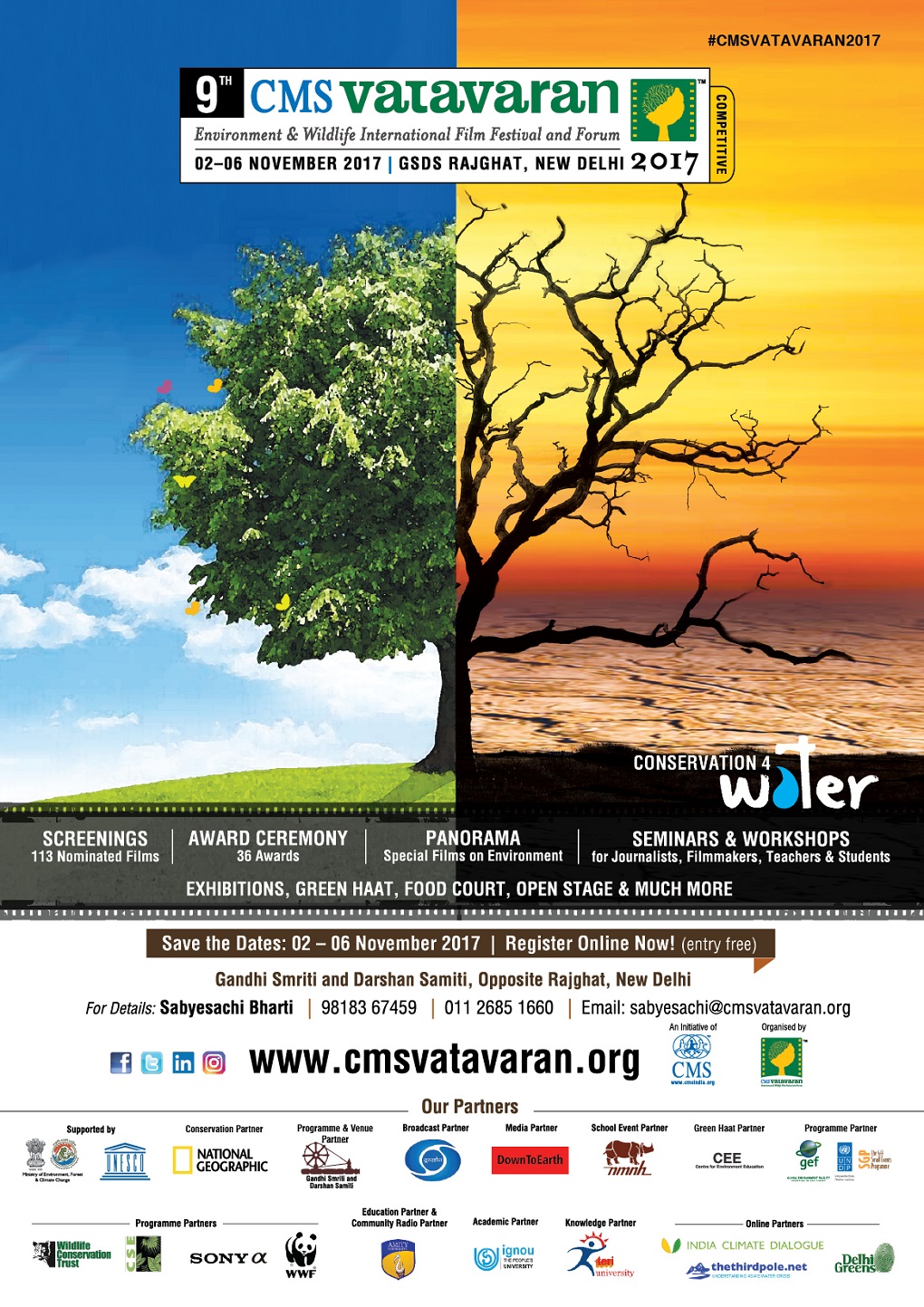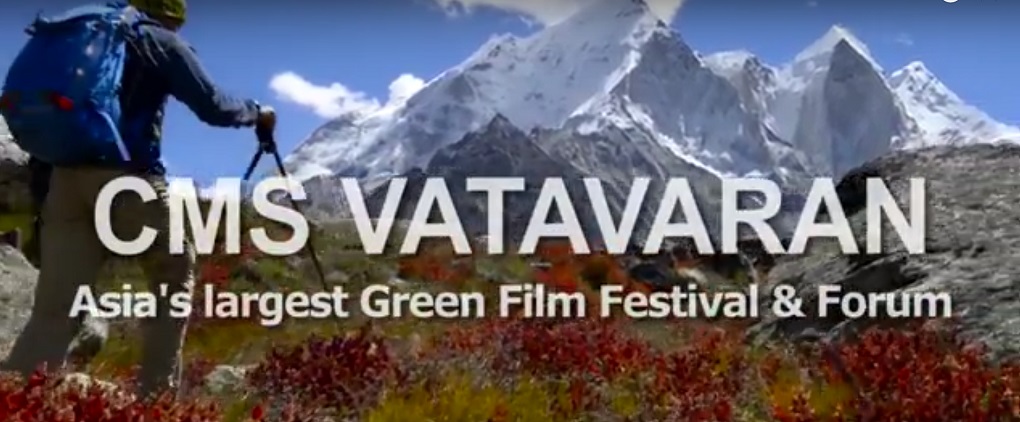“I was sitting at a shrine high up on the mountain and through my 400mm lens I noticed this unusual boy,” Jalal ud Din Baba, the director of the film “Saving The Saviour”, told thethirdpole.net. “While everyone else was collecting produce like lotus, fish etc, this boy was collecting everything that didn’t belong to the lake. I reached the spot and sat down to hear his story.”
Saving The Saviour is a powerful narrative about 15-year old Billa who collects trash from Kashmir’s Wular Lake, one of the largest fresh water lakes in Asia. Struggling with acute poverty, Billa does this to earn his livelihood — and he is probably the only hope left for the dying lake.
While scavenging the lake daily to generate a meagre amont for his family, Billa contributes towards cleaning the 272 square kilometre lake, which is listed as an important waterbody under the Ramsar site. Perhaps he understands his and Wular’s collective desperation and pain the best.
“What began with Billa, has now become a movement. More and more local people have been inspired to clean the lake which is facing huge neglect despite millions having been spent. We have 25 local people who now volunteer every Sunday to clean the waste from Wular,” added Baba.
See: the trailer of “Saving the Saviour”
The movie is one of many environmental films the CMS Vatavaran Film Festival will be showing in Delhi this week. The five-day long festival, inaugurated in 2009, focusing on contemporary environmental and climate change issues. There will be a daily film screening and more than 100 national and international films will be shown. This year, the bi-annual environmental festival has “Conservation 4 Water” as its theme.
Several of the 113 films on show stress the need for sustainable conservation practices to address water issues, including scarcity, quality and equality.
The film “Revival of Ahar Pyne Systems” highlights how ancient indigenous solutions are still relevant in modern times to tackle a water crisis. Ahar Pynes is the name of a 500 year old floodwater harvesting systems of Bihar; the Ahars are reservoirs with embankment on three sides while Pynes are diversion channels that bring water from the river to Ahars.
The film shows how the revival of 15 Ahar Pyne systems has brought hope to villages in Jharkhand that lie on the rain shadow side and suffer from intense, long dry spells. The systems have helped convert more than 1,100 acres of dry lands into irrigated lands. The film escorts us through these irrigated fields and gives first-hand information on how the project has helped the villagers and farmers.
“As opposed to people living in metropolitan cities, people in rural areas and local communities in remote areas are more sensitive towards water conservation. In this place in Jharkhand, there was a huge water crisis but still people wouldn’t extract water from the ground for agriculture as they understand that saving groundwater is precious. In cities, on the other hand, one generally sees over-exploitation of water even if the cities are struggling with water availability,” Soumitra Dey, the filmmaker told thethirdpole.net.

The Last Drop – India’s Water Crisis exposes the harsh and poignant reality of how India’s demand for water is expected to exceed all current sources of supply; the country is set to become water scarce by 2025. The film stresses that it is not just a fictional doomsday scenario but a harsh reality, and features various case studies to expose that the alarming crisis has already begun. From an old farmer in Maharashtra who married three women just to have more hands to fetch water to the cancer train of Punjab, a disease possibly linked to water quality, the movie drives home the point.
Nagar Aur Paani, Phir Wahi Kahani revolves around Bagli, a small town in Dewas District in Madhya Pradesh. Looking at the severe water scarcity in the summer months, this film presents hardhitting visuals of a series of dried handpumps and attempts to investigate the real reason behind the water crisis. It initially looks at the water distribution among the localities and ends up tracing the real cause – groundwater depletion due to over-extraction for agriculture. Bagli is just one of 5,698 towns in India that are facing a similar crisis.
Iqbal Hussain, the director of the movie, said: “I am a resident of Bagli and I myself didn’t know that the water crisis is due to a bigger reason. I thought it was the mismanagement of water distribution by the local authorities but when I explored further while filming, I realised that hardly any water was coming to Bagli. We found out that it was all due to over-extraction by neighbouring fields.”
If you are an environment enthusiast, young or old, the festival has something to offer for everyone. There will discussions and presentations, short animations, and produce by tribal communities on sale during the festival.
You can visit India’s largest film festival on environmental films from November 2-6, 2017 in Gandhi Smriti and DarshanSamiti, New Delhi. To know more, visit http://cmsvatavaran.org/
We want to hear from you! Tell us what you think about The Third Pole and you could win $100. Take our survey here.

